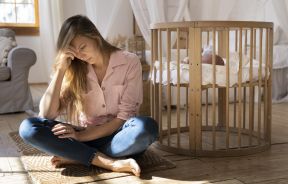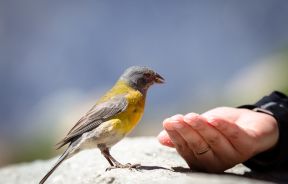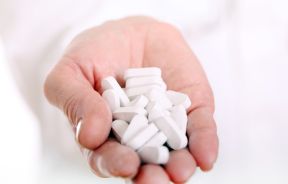Gays Are Seven Times More Likely to Take Illegal Drugs

New findings from a two year study suggest that gay people are seven times more likely to take illegal drugs than the general population, with one in five of those studied showing signs of dependency on drugs or alcohol.
Researchers at the Lesbian and Gay Foundation (LGF) and the University of Central Lancashire, conducted a study of more than 4,000 people over the course of two years and found that more than a third of gay, lesbian and bisexual people took at least one illegal drug in the last month compared to 5 percent of the general population who admitted to using a drug in the last month.
The most popular substances among those surveyed were party drugs like cannabis and "poppers," a liquid nitrite sold in a small bottle and inhaled, followed by powder cocaine, ecstasy, ketamine and amphetamines.
The latest study revealed that gay individuals were 10 times more likely to have used cocaine in the last month than the general population and 13 times more likely to have used ketamine. While the rate of heroin use was similar among both populations, researchers revealed that crack cocaine was again higher among gays.
"This should be a wake-up call for people working with the community and for policy makers commissioning services at a local and national level." LGF's policy and research co-coordinator, Heather Williams, said, according to The Independent on Sunday.
David Stuart, education, training and outreach manager at London Friend, the UK's only targeted LGBT drug and alcohol service told The Independent that feelings of "rejection", "fear" as well as "shame around sex" could contribute to the high rates of drug use among the gay population.
Kitty Richardson, 25, who runs the Most Cake, a blog for lesbians in London, said the "scene had a lot to answer for," adding that "people are very quick to label gay people as troubled, or inherently needing those crutches, but all our methods of socializing revolve around drink or drugs. A by-product of that is people can become dependent."
The latest research was conducted at Pride events, which celebrate gay, lesbian and bisexual culture, and through online and postal surveys. Investigators also found that while drug use in the general population declined with age, the proportion of lesbian, gay and bisexual 36- to 40-year-olds taking drugs was almost equivalent to the number of their younger counterparts taking drugs.
Sarah Graham, 43, is a drug counselor, living in London, told The Independent on Sunday about her own experiences of being to homophobic bullying, which was a factor in her battle with drug addiction. Graham said that she was at one point of her life spending £600 ($971) a week on alcohol and drugs like cannabis, speed and acid, and cocaine.
"A lesbian, gay or bisexual person presenting in treatment can have specific traumas, in which workers need to be trained," she said.



























